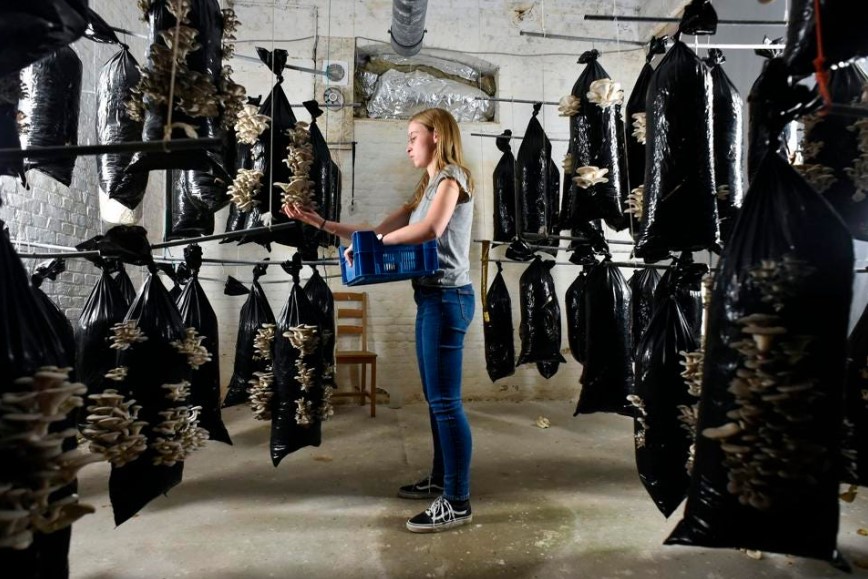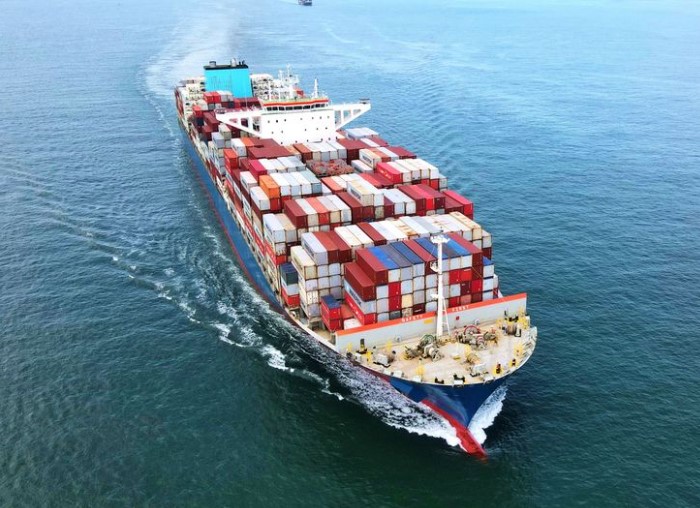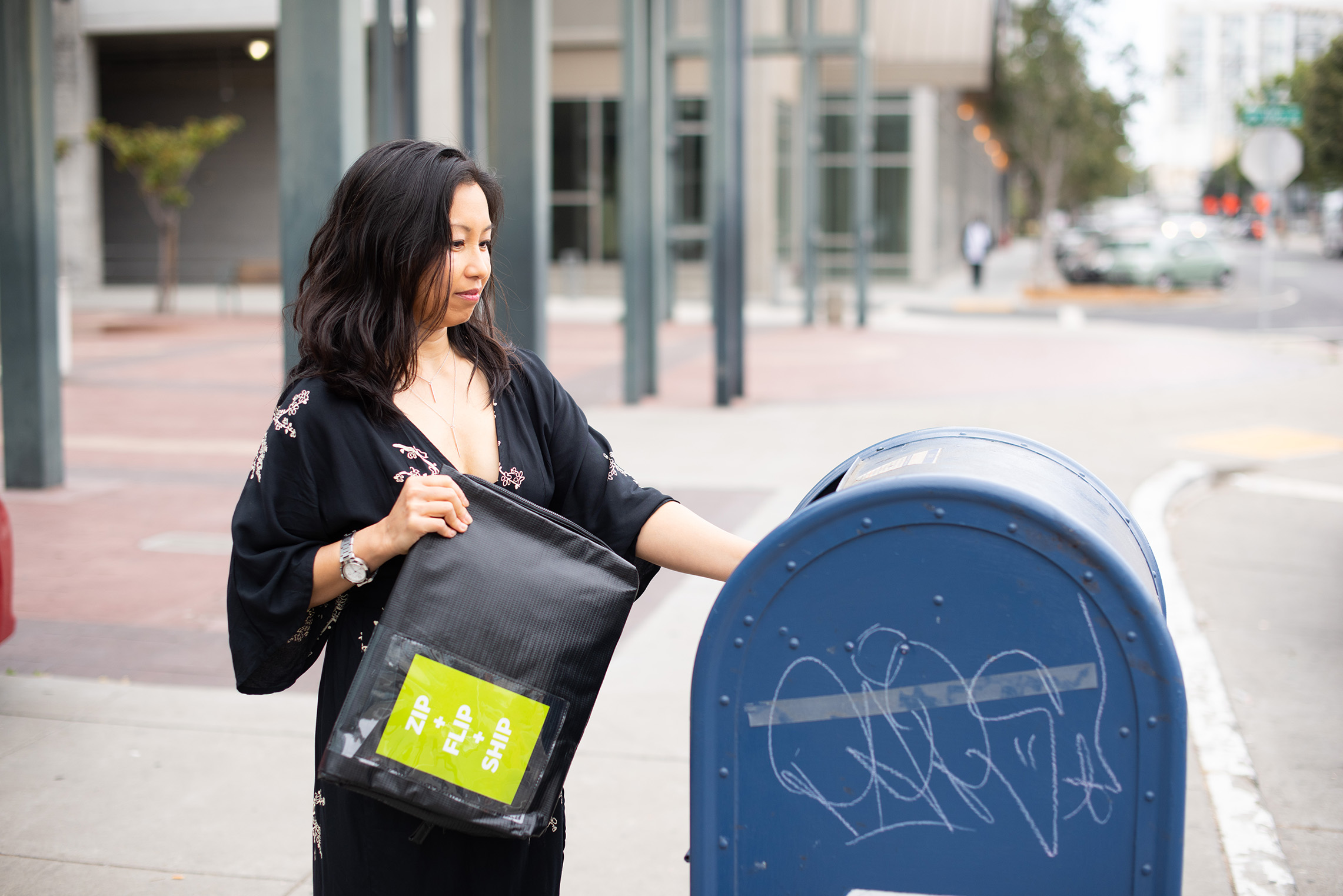REUSABLE PACKAGING | SUSTAINABILITY | LOGISTICS
In this week’s In the Loop we’re peeling back the layers of plastic packaging, biomass versus fossil fuels, supply chain struggles, and the need for a collective purpose as momentum towards actionable next steps continues to build.
REUSABLE PACKAGING
Unwrapping Plastic Fashion Packaging: What are the Eco-Friendly Alternatives?

Fashion’s role in collectivity is evident given its influence on society and our culture (currently wasteFUL). And sure, change is difficult, but we’re running out of time. Despite efforts, plastic continues to pollute our ocean, land, and air; while the fashion industry continues to use plastic packaging in shipping fashion to consumers. Of course, as Dora Chi Xu points out:
“Our garments still need some forms of protection—something lightweight, durable, waterproof, and cheap. Without it, most products will not reach customers in presentable condition, and the environmental impact of damaged clothing that is thrown away is far larger than the bag that comes with it.”
We can break free from plastic. Explore reusable packaging alternatives in this Packaging Guide, and reconsider plastic’s role as we work towards a sustainable, more circular future.
SUSTAINABILITY
From Smart Toilets To Vertical Farms, A New Vision Of How A Circular Bioeconomy Can Combat The Climate Crisis

“Biomass makes up about 25% of the 100 billion tons of material that humans consume every year, but the capacity of organic matter to combat harmful impacts and contribute to life on Earth makes it exceptionally valuable.”
Waste has value. It’s just a matter of how we use it rather than how we dispose of it. And creating change requires multifaceted solutions to multifaceted problems. In other words, it isn’t just about the packaging or the shipping. Vetter reorganizes the narrative by way of a circular bioeconomy – just one circular system among many needed to achieve a global circular economy.
LOGISTICS
The World Economy’s Supply Chain Problem Keeps Getting Worse

The pandemic changes face as the delta variant washes away the illusion of normalcy. Once thought to be in recovery, the supply chain struggles continue as bidding wars for shipping containers and freight space begin:
“Manufacturers reeling from shortages of key components and higher raw material and energy costs are being forced into bidding wars to get space on vessels, pushing freight rates to records and prompting some exporters to raise prices or simply cancel shipments altogether.”
Wang and Curran outline the global supply chain’s systemic problem – a problem revealing greater truths about the current system.

“The responsibility to close the divide is not on the shoulders of any single party, but the responsibility of all players — including service providers and IoT developers — in the ecosystem.”
Rosen refers to a digital divide, meaning the way in which people consume technology is disproportionate to its accessibility and efficiency, despite its evolution even over the past year. However, there’s a greater divide happening due to the untapped potential of IoT, for example, as society shifts to more sustainable practices.
Technology is the thread with which we sew circularity. Its application not only in shipping and logistics but in other areas, such as agriculture and education, prove beneficial. So long as we work together in furthering its evolution.
